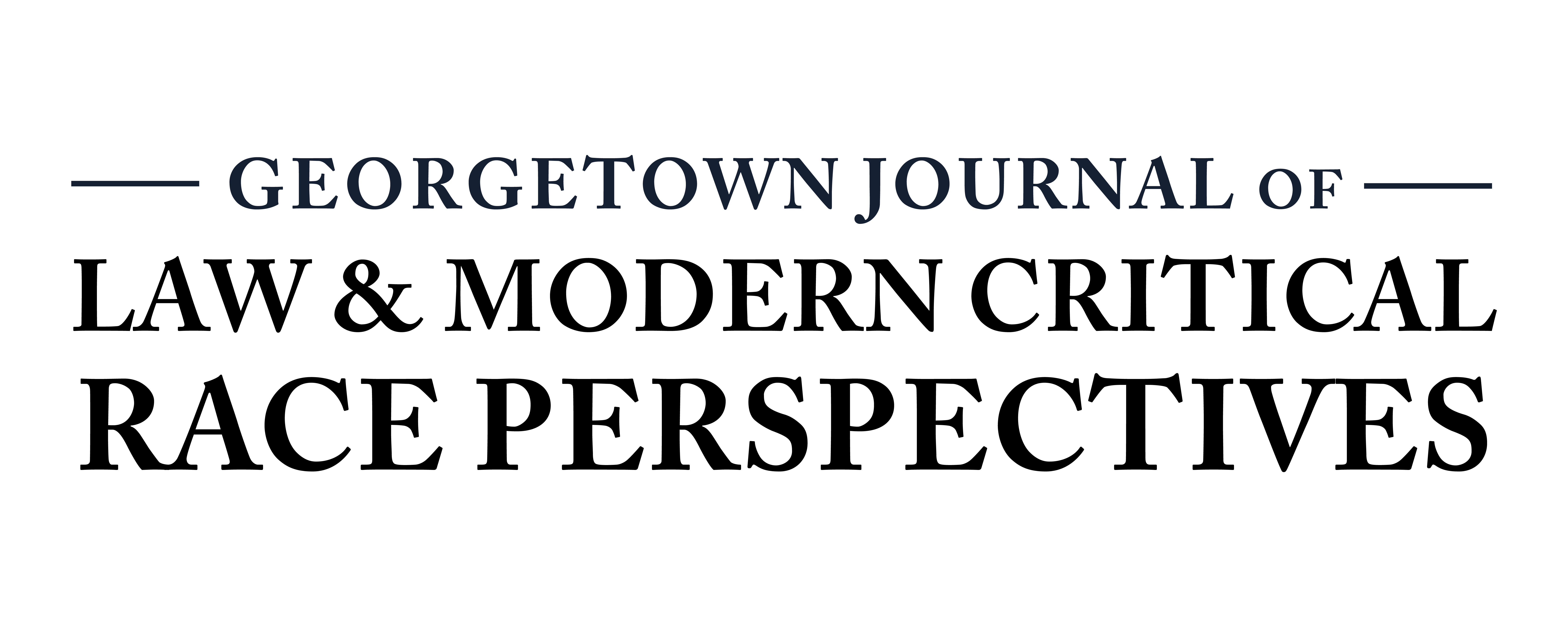A Place to Call Home: The Link Between Residential Segregation and the Disproportionate Representation of African American Children in Foster Care
Segregation and its secondary effects are visible in neighborhoods across America. During the twentieth century, government actors encouraged and enabled segregation in ways that shaped the structure of the country. As white families largely moved out to the suburbs and built generational wealth with the help of government-subsidized mortgages, Black families were often pushed into […]
The Race to Recall: An Analysis of Asian American Efforts to Oust San Francisco’s Progressive Prosecutor
The San Francisco Bay Area has long been home to one of the largest Asian American communities in the country. Asian Americans make up approximately one third of the population of San Francisco and for the last twenty years, Asians have been one of the fastest growing ethnic groups in the region. With this growth […]
Black Souls Matter: An Originalist Framework for Individual Constitutional Protection Against Theologically-Justified White Supremacy within Christian Institutions
The First Amendment promises freedom of religion for all, including those who incorporate white supremacy into their Christian theology. Between the 1850s and 1978, the Church of Jesus Christ of Latter-day Saints (“the Church”), otherwise known as the Mormon Church, excluded members of African heritage from receiving full religious rites, privileges, and spiritual advancement (“the […]
The History of the Black-Indian Alliance
Alliances are not permanent. They change with time and evolve with political circumstance and social need. The discussions and ideas they produce can seem transformative in one era but may be forgotten by the next. This is what happened to the Black-Indian alliance of the early- and mid-twentieth centuries. It is, largely, a forgotten story […]

